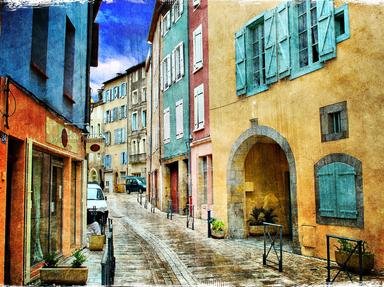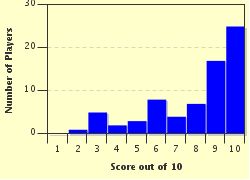Quiz Answer Key and Fun Facts
1. Which artist, often considered to be the first of the Renaissance artists, was commissioned, in around 1305, to paint the frescos in the Scrovegni Chapel in Padua?
2. Donatello was commissioned by Cosimo de' Medici to create a bronze sculpture of Judith and Holofernes. In which city was the sculpture originally displayed, where it can still be seen in the early twenty-first century?
3. Pope Julius II commissioned Raphael to paint a portrait of him in the early sixteenth century. Two major copies of the picture exist - one is in the Uffizi and the other, believed by many to be the original, can be seen in which major UK gallery?
4. 'The Marie de' Medici Cycle' is a series of twenty-four paintings originally commissioned, in 1621, for the Luxembourg Palace in Paris. Which Flemish artist painted them?
5. The Marquess of Rockingham commissioned George Stubbs to paint a picture of 'Whistlejacket' in or around 1762. What was Whistlejacket?
6. John Everett Millais painted a portrait of which art critic, remembered for his involvement in a law suit with another artist?
7. Commissioned by Jean-Baptiste Faure, the 1874 painting called 'The Dance Class' was the work of which artist?
8. The advertising company Brown and Bigelow commissioned a series of paintings by Cassius Coolidge in 1903. They were designed to advertise cigars, and often featured dogs playing which card game, which gave the series its name?
9. Pablo Picasso created the painting named 'Guernica' to depict an event in which war?
10. Rowan Gillespie created a series of sculptured figures in 1997, under the title of 'Famine'. If I tell you the famine that inspired him was caused by potato blight, you may be able to work out that the work can be seen in which city?
Source: Author
rossian
This quiz was reviewed by FunTrivia editor
looney_tunes before going online.
Any errors found in FunTrivia content are routinely corrected through our feedback system.

